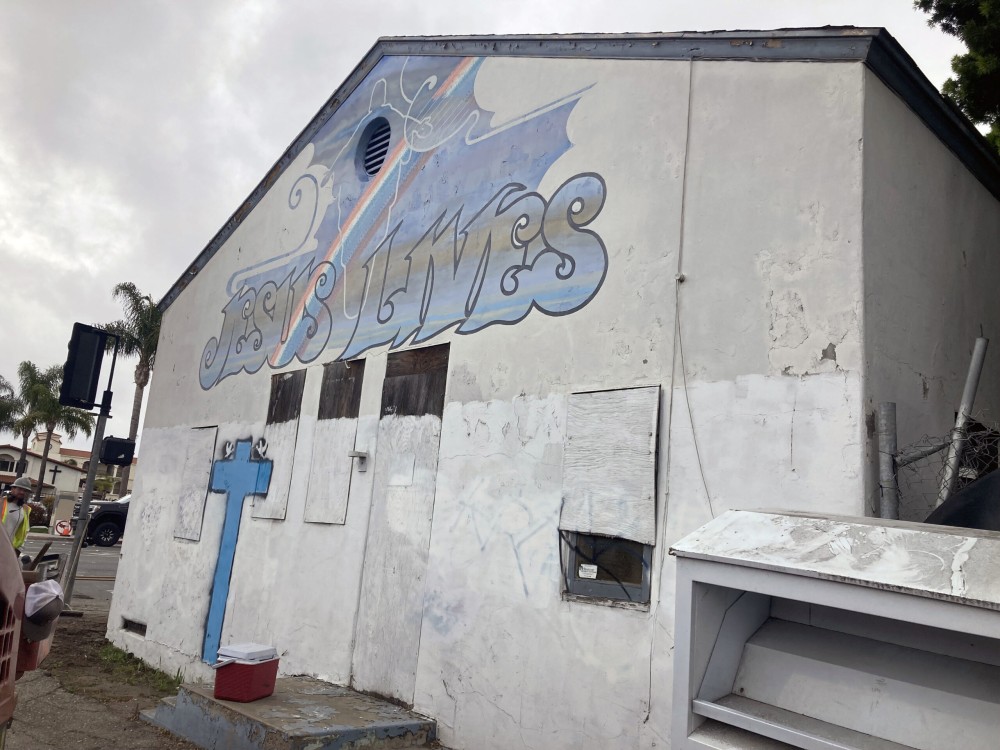California activists seek to preserve church land acquired by early Japanese immigrants

The words “Jesus Lives” are emblazoned across a dilapidated, unoccupied structure in Orange County. The building’s windows are boarded up. Varying shades of white and unmatched paint cover graffiti and highlight cracks in the property’s exterior.
This is the historic Wintersburg Japanese Presbyterian Church which sits on a 4.5-acre landscape that, according to the National Trust for Historic Preservation, is among the only surviving Japanese American properties acquired before California enacted the Alien Land Law in 1913, which barred Asian immigrants from owning land.
The first known Japanese immigrants arrived in Orange County in 1900, and just four years later, religious leaders—Episcopalians, Buddhists, Presbyterians, and Methodists among them—founded the Wintersburg Japanese Mission, the National Trust said. Charles Furuta and Barnabus Hisayoshi Terasawa bought the land in 1908, and the original buildings went up in 1910. The mission was officially recognized by the Presbyterian Church (USA) in 1930. A larger church for the growing congregation was built in 1934.




